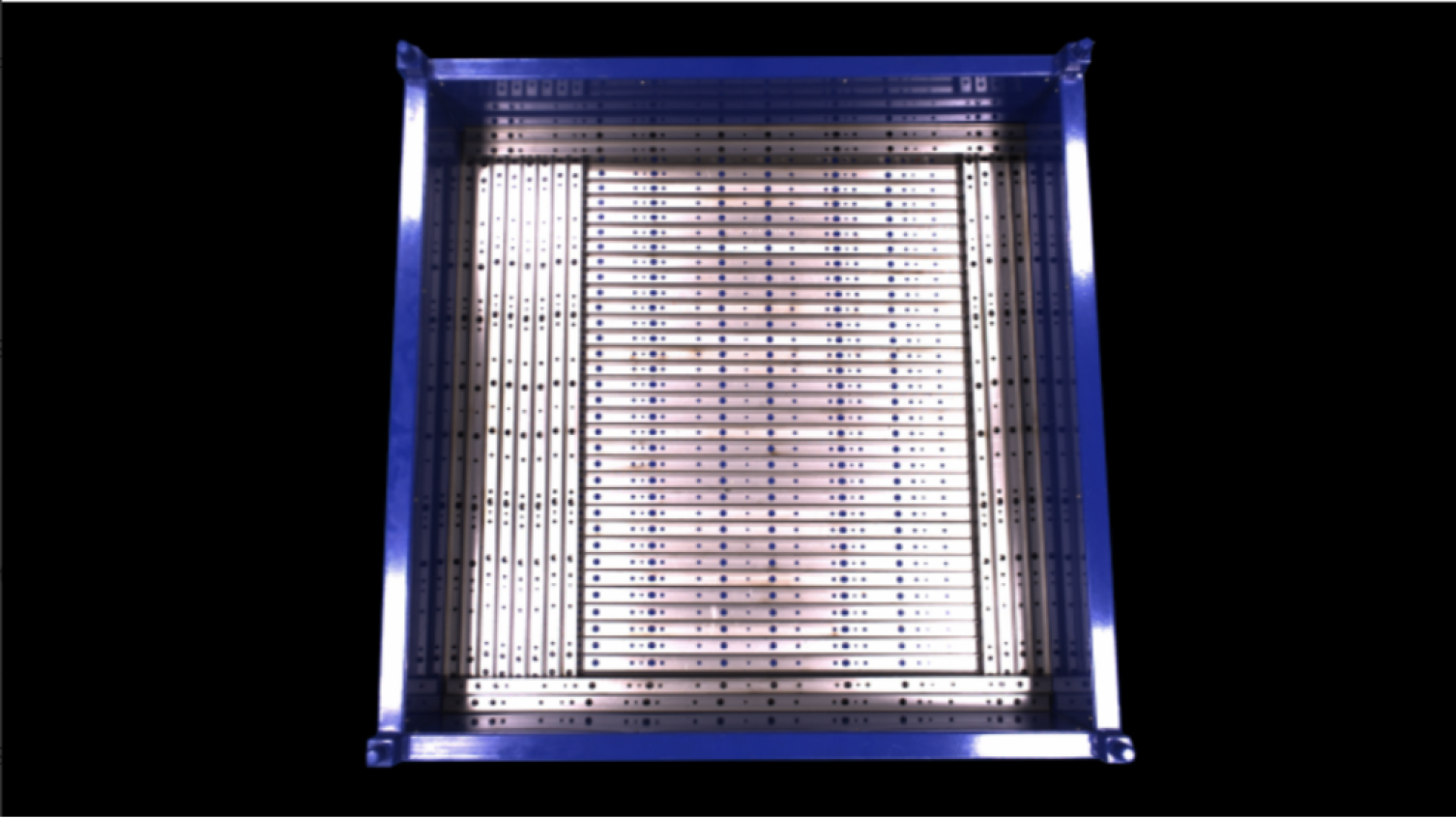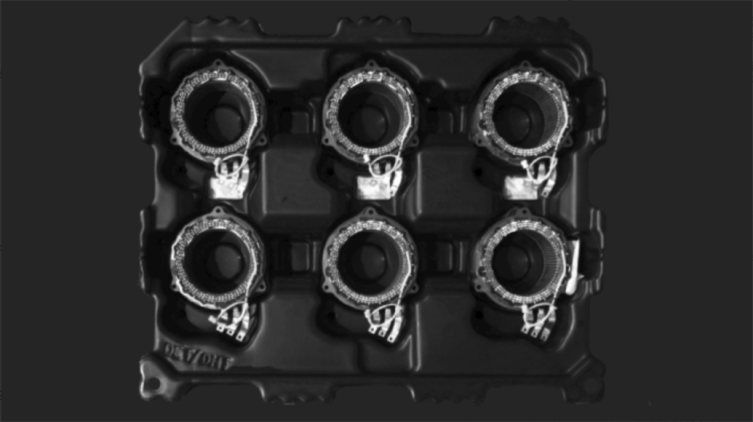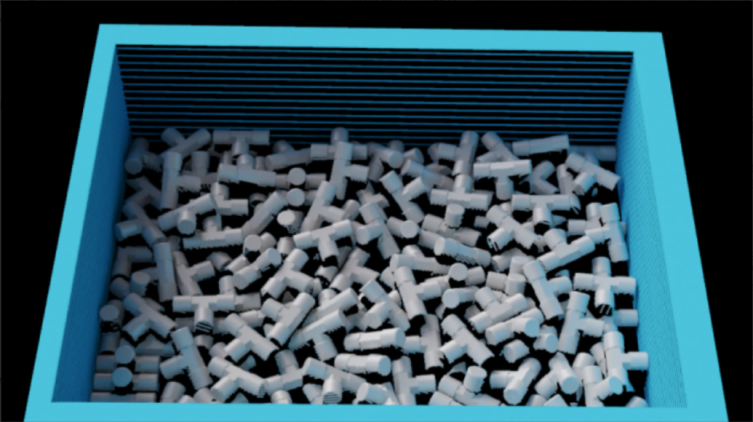Typical Case Practices
Mech-Mind typical case practices are practical application guides derived from numerous successful use cases in various application scenarios. In conjunction with the application menu, this manual will guide you step by step to easily deploy typical 3D vision cases.
Overview of a Typical Application Deployment Process
The solution library of Mech-Mind provides a wealth of typical solutions. You can select suitable typical applications according to application scenarios, and then quickly complete the deployment of 3D vision applications.
The following figure shows the general process of typical application deployment.

During the solution design stage, you need to assess the risks a typical application might encounter in actual project deployment, then design a vision solution that meets the project’s requirements.
Solution deployment refers to applying the typical application cases to your actual project according to the vision solution, including the entire process from the hardware setup of the vision system to the final implementation of picking.
For more information about each stage of application deployment, see Learning Guidance for 3D Robot Guidance.
Loading Neatly-Arranged Target Objects
Highly reflective discs
|
This solution can be used to load disks stacked in multiple layers in an orderly manner.
|
Long Sheet Metal Parts
|
This solution can be used to load long sheet metal parts stacked in an orderly manner.
|
Stators
|
This solution can be used to load stators stacked in an orderly manner.
|
Loading Randomly-Stacked Target Objects
Small Sheet Metal Parts
|
This solution can be used to load small sheet metal parts randomly stacked.
|
Round Steel Billets
|
This solution can be used to load round steel billets randomly stacked.
|
Square Steel Billets
|
This solution can be used to load square steel billets randomly stacked.
|
Small Metal Parts in Deep Bin
|
This solution can be used to pick small metal parts randomly stacked in a deep bin.
|






